With work that combines activism, visual anthropology, and film, Hong has found an eager audience in Haverford’s “very politically active and very engaged” students.
Bi-College Department ofEast Asian Languages & Cultures

Performer and educator Hongyong Jia shared the historical and well-loved tradition of Beijing opera with the Haverford community.
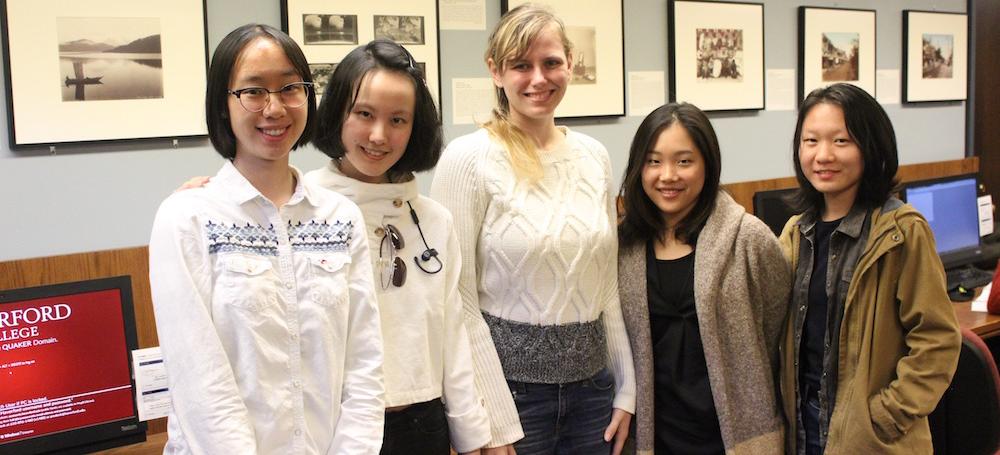
Students in the "Japanese Modernism Across Media" class curated an exhibition called "A Glimpse of Japan."
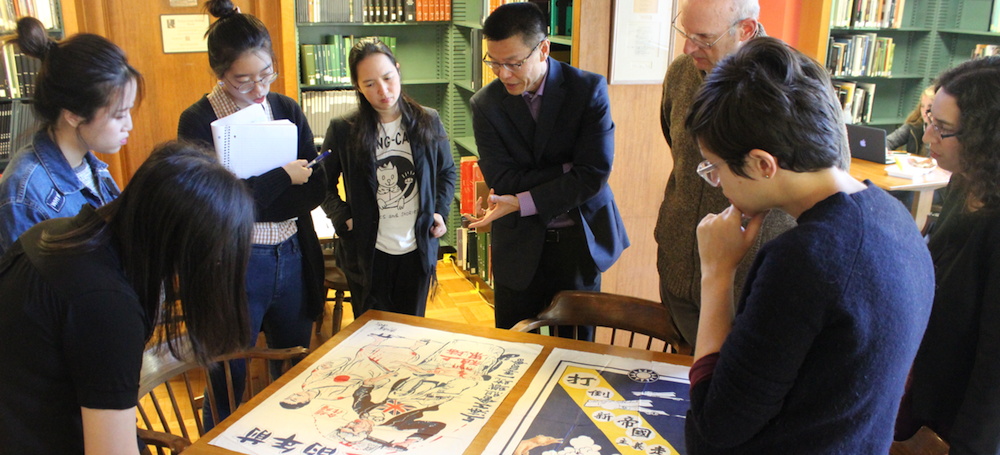
Xiaobing Tang (University of Michigan) conducts a workshop on Chinese political posters at Magill Library.
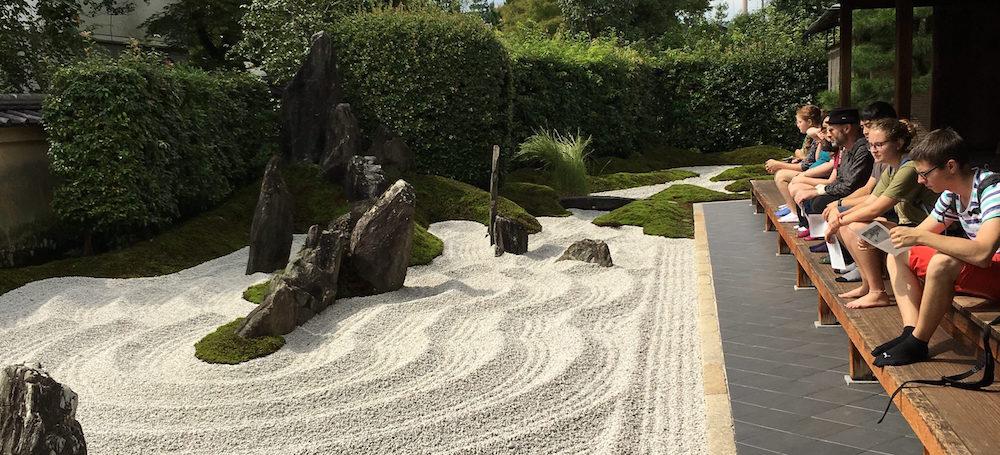
Students in the 360° Contemplative Cultures course cluster traveled to Japan to explore Eastern traditions.
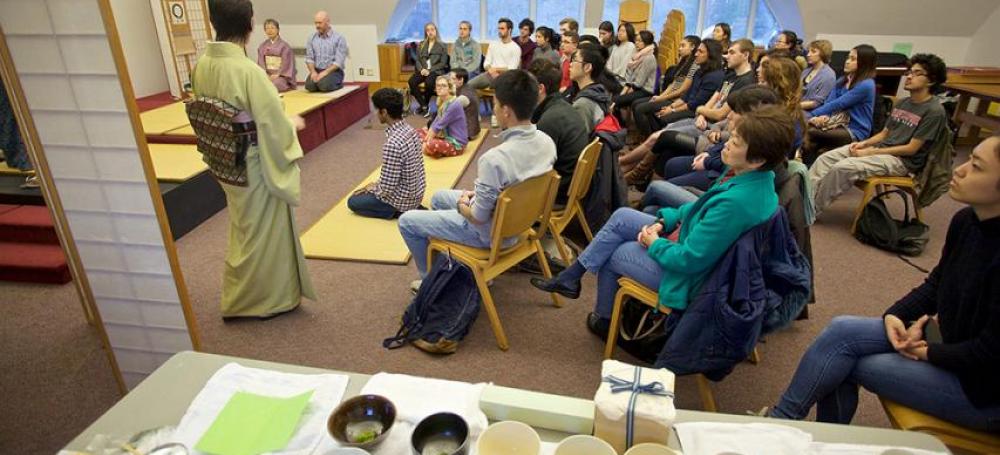
Students in Prof. Hank Glassman's "Japanese Civilization" class observe a Japanese tea ceremony demonstration and talk by members of Urasenke Philadelphia Tankokai. Photo: Caleb Eckert '17.
The Bi-College Department of East Asian Languages and Cultures (EALC) links rigorous language training to the study of East Asian, and particularly Chinese and Japanese, culture and society.
News
-
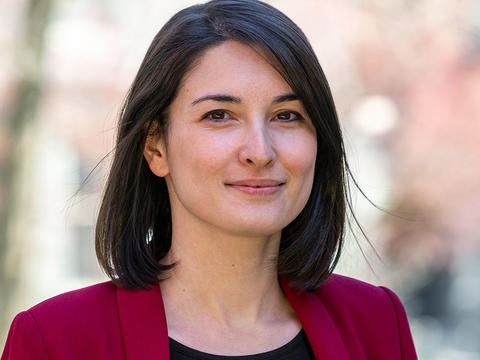
-
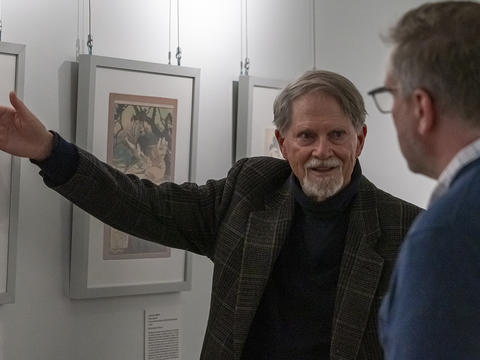
An exhibition of 18th- and 19th-century prints drawn from the collection of Arnold Satterthwait '66 explores Japan’s enticing “floating world.”
-
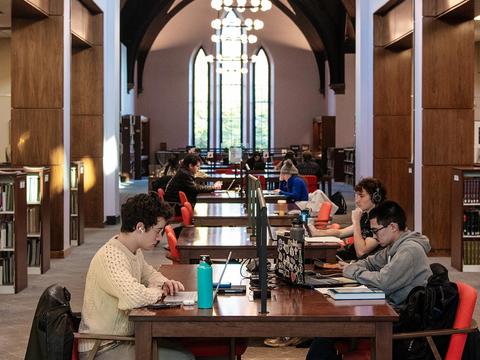
Haverford students who are just beginning their scholarly journey benefit, too.